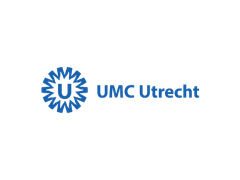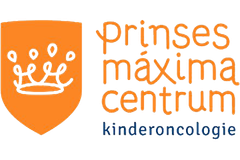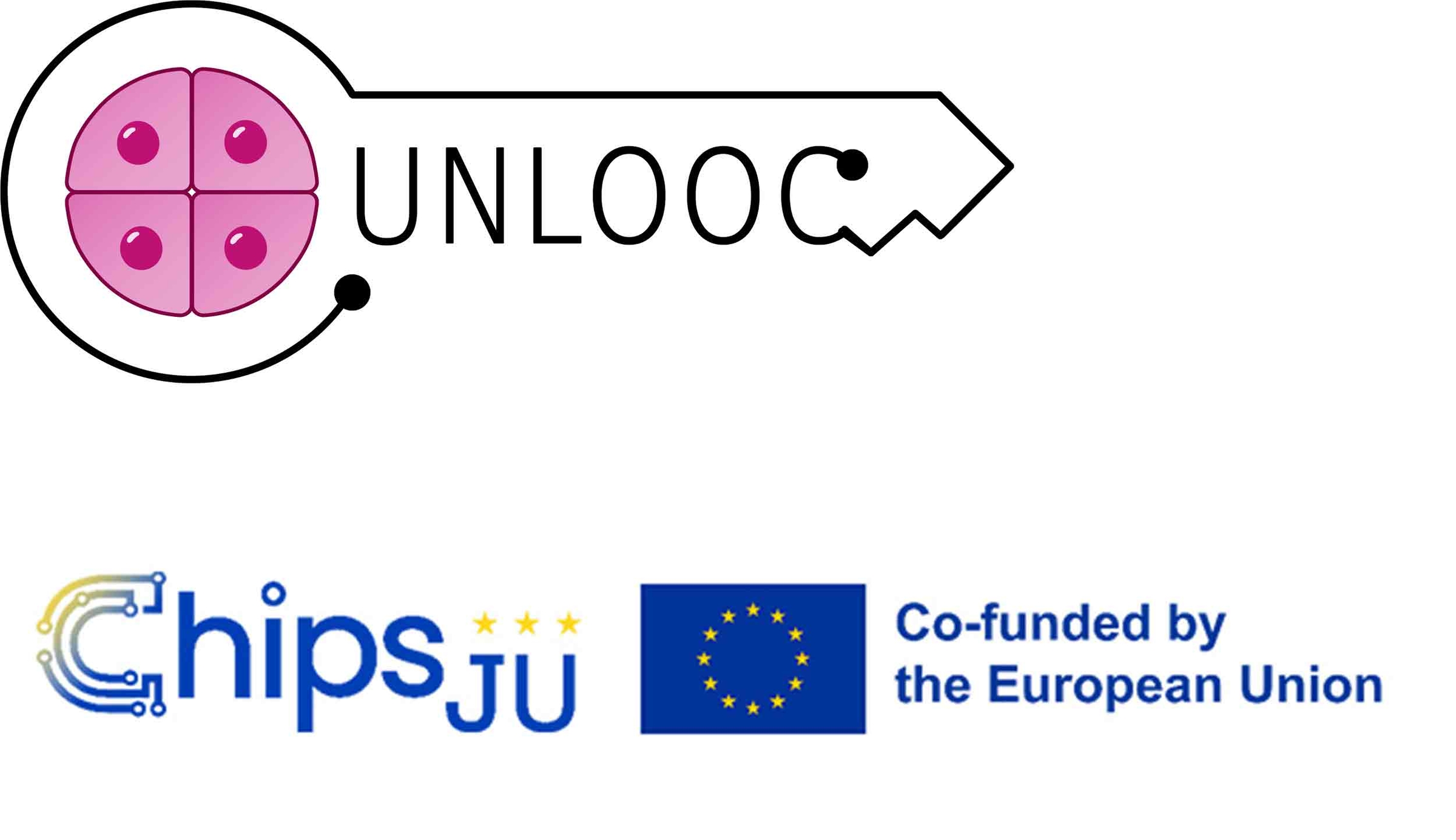




grants.
The following grants have contributed to the development of our technology:
UNLOOC
UNLOOC is a 3-year project (2024-2027) tackling the challenges inherent in animal testing of drugs. It brings together 51 organizations from 10 European countries. Through its five novel use cases, the consortium aims to demonstrate how the groundbreaking methods using Organ-on-a-Chip (OOC) technology enable the development of more effective treatments, leaving animal subjects out of the equation. The OOC technology to be developed in the UNLOOC project will not only enable controlled drug testing, but also the modelling of disease pathophysiology.
Within this project, Curix is developing a microbubble injector system to be interfaced with a BBB-on-chip model. This system uses microbubble-enhanced FUS to temporarily open the BBB, helping to optimize protocols for drug delivery to the brain.
This project is supported by the Chips Joint Undertaking and its members including the top-up funding of Belgium, Germany, Hungary, Ireland, Italy, the Netherlands, Portugal, Romania and Spain. This work has received funding from the Swiss State Secretariat for Education, Research and Innovation (SERI).

reMIND
In June 2021, Curix joined the reMIND project (2021-2023). In reMIND, Curix worked with the University of Twente and the companies Demcon life sciences & health, Locsense, Micronit and Scinus Cell Expansion on complementary technologies that contribute to the development of therapies for neurodegenerative diseases such as Alzheimer’s disease. The reMIND consortium has simulated a BBB on a chip to investigate whether it is possible to ‘open up’ the BBB with the help of ultrasound and microbubbles to administer regenerative therapies or medication directly into the brain.

partner projects.
We collaborate with the following parties in the development of our technology.
Princess Máxima Center for pediatric oncology
Children with brain tumors, 120 per year in the Netherlands, often face a poor survival rate, varying from 0% for diffuse midline glioma to 70% in medulloblastoma. Approximately half of these children have a tumor that is difficult to treat. For them, a cure is unlikely or impossible. For these children, new treatments are desperately needed that treat cancer more effectively and prevent damage to the developing brain. This contributes to an increased survival rate and improved quality of life.Better drug delivery through the blood-brain barrier (BBB) holds high promises to achieve this.
Focused ultrasound-mediated drug delivery high-tech engineering solutions (FUMES)
In the FUMES project (2023-2027), Curix and Sync Biosystems, both part of the Demcon group, and the Van Vuurden group of The Princess Máxima Center for pediatric oncology will open the blood-brain barrier in preclinical conditions in a more standardized and predictable way using the microbubble injector system developed by Curix in combination with focused ultrasound (FUS-BBBO). Real-life pharmacokinetics will be simulated in the laboratory to ascertain the concentration and timing of drugs in combination with FUS-BBBO, using a system developed by Sync Biosystems. Ultimately, the validity of this system will be tested in combination with FUS-BBBO in preclinical conditions.

NTNU - Trondheim
Neurological diseases are the leading cause of death and disability worldwide. Treatment of diseases in the brain is highly limited by the blood brain barrier (BBB), which prevents delivery of drugs to the brain. Due to its highly restrictive nature, only small, hydrophilic molecules can permeate the barrier, excluding most drug candidates. Current methods to surpass the BBB are either invasive, nonlocalized, or both. They are often inefficient and carry substantial burden and side effects for the patients. The combination of ultrasound (US) with microbubbles (MBs) has emerged as a promising method to open the BBB in a noninvasive, localized and reversible manner, as we and others have demonstrated preclinically and clinically.
Dr. Sofie Snipstad (drug delivery group of NTNU) serves as the principle investigator on two projects: one focused on the targeted treatment of glioblastoma (2023-2027) and another on gene therapy for Alzheimer’s disease (2025-2028). The overall aim of the projects is to use MR-guided FUS in combination with MBs to open the BBB, enabling a targeted delivery of drugs to the correct place, resulting in more effective treatment of brain cancer and neurodegenerative diseases with reduced side effects. Curix’ monodisperse microbubbles will be used in these projects.


